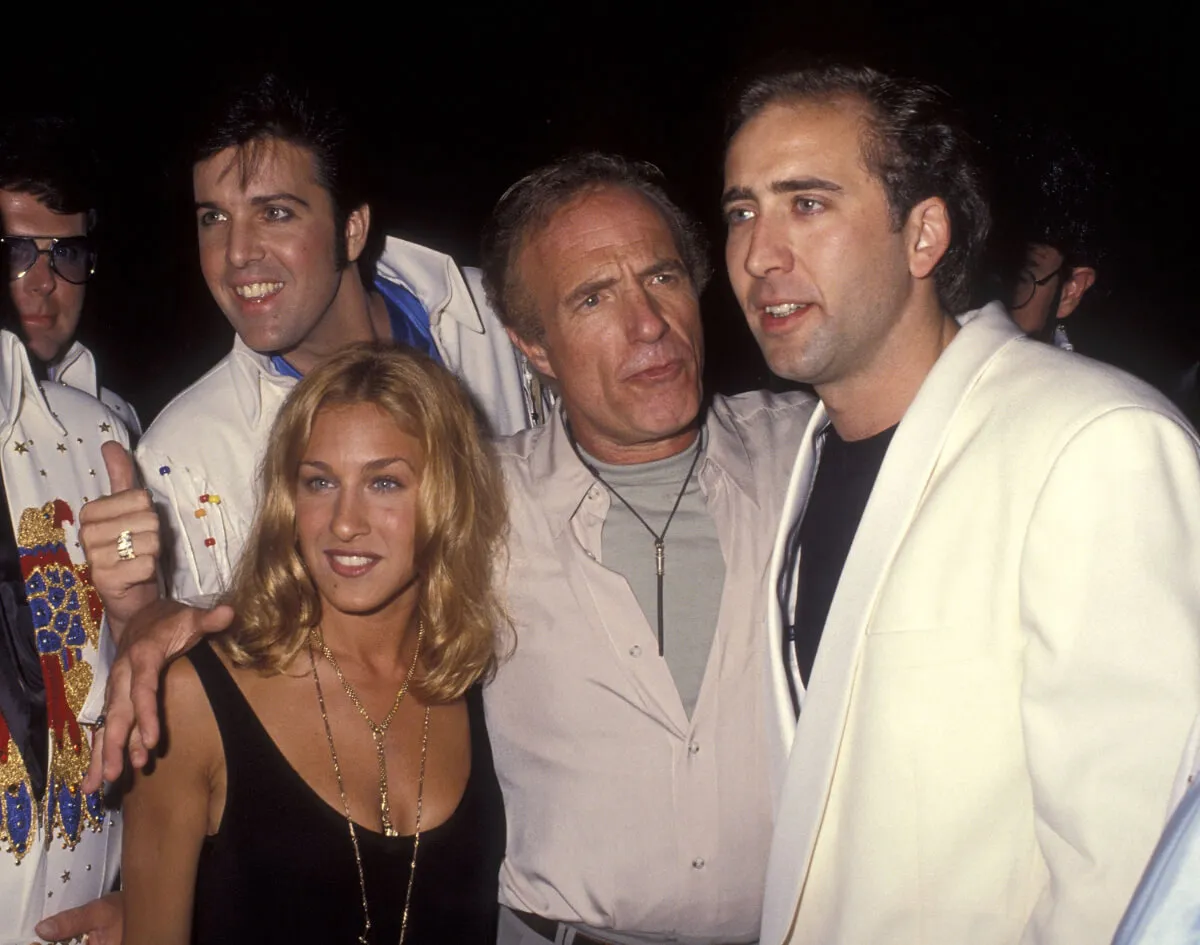
Reporter Who Broke Jeffrey Dahmer Story Spotlights the 1 Major Problem With ‘Monster’
Netflix‘s Monster: The Jeffrey Dahmer Story is getting a lot of attention for its misconstrued details about the original case, the victims, and the Milwaukee serial killer. There are a few problems as the series gets heat for re-traumatizing the victims’ families and misusing the LGBTQ tag. Anne E Schwartz, the crime reporter who initially broke the Jeffrey Dahmer case, explains how the Netflix series took too much artistic license.

Anne E Schwartz says ‘Monster: The Jeffrey Dahmer Story’ took too much artistic license
After many years, crime reporters know what they are stepping into when arriving at the scene of a horrible crime. Anne E Schwartz was the crime reporter at the scene when police caught Dahmer. She broke the news for Milwaukee Journal in 1991. In an interview with The Independent, she reveals how Netflix’s Monster: The Jeffrey Dahmer Story warped and changed vital details for the sake of entertainment.
One key aspect was the depiction of Dahmer’s apartment and its reported foul odor. But Schwartz explains the supposed smell was different in real life. The number one thing that stuck in the crime reporter’s mind was that nothing looked strange. The scene was not what anyone would expect from the magnitude of the crimes.
“I was a crime reporter for five years so I know what it smells like when you walk into a building with a dead body or a decomposing body. This was not that. This was a very chemical smell,” explained Schwartz. The series portrayed how Dahmer had vats of acid to decompose the body parts, used power tools, and more. It seems Monster: The Jeffrey Dahmer Story played deeper into the effect of Dahmer’s Modus Operandi of disposing of his victims.
But the crime reporter was also unconvinced by how the series warped Glenda Cleveland’s story. She was dismayed at how Monster: The Jeffrey Dahmer Story combined the real-life story of Cleveland and Dahmer’s real next-door neighbor, Pamela Bass. It seems that Bass’s account of being “friendly” with Dahmer, according to The Daily Mail, was not enough to portray the killer’s effect on others.
Audiences are disturbed by the overly graphic portrayals of Jeffrey Dahmer’s killings
Serial killer series are nothing new to streaming platforms in recent years. A phenomenon has risen from the deep dive into the murderous minds of serial killers. While many are able to stomach the gore, Monster: The Jeffrey Dahmer Story to it to a level no one expected.
According to NME, many viewers were left unable to get through the first few episodes. It is due to the series’s immense use of harrowing events to retell the victim’s stories. Like Schwartz, many agree the series took too much creative license when the story itself is more than enough to illicit nightmares.
Audiences are unable to forget the full shot of Dahmer waking up in his hotel room and finding the mangled, beaten-to-death body of one of the earliest victims. It begs the question if the scene of the horribly broken body was necessary. The same can be said for the disturbing scene of a teenager Dahmer finding sexual pleasure in reminiscing about playing with the organs of a fish.
At one point, Dahmer is seen drinking human blood. The series often depicted Dahmer’s sexual fascination with his victims after their death, like cuddling up the corpse. Even Dahmer’s death in the final episode was hard to witness.
‘Monster: The Jeffrey Dahmer Story’ has faced immense backlash
At first, the Netflix series skyrocketed to one of the most watched series. But the reality of Dahmer’s crimes and how Netflix chose to portray them soon caused immense scrutiny and heartache. Audiences soon started questioning the accuracy of the victims’ stories told in the series, from Tony Hughes to other testimonies.
The series was compared to real-life documents, witness and family testimonies, and the official trial. Errol Lindsey’s sister also went public with a personal essay. She recounts how Monster: The Jeffrey Dahmer Story did not alert the victims’ families and caused many to relive the trauma.
She also explained how the series was only a plot for greed and money. That is not all, as the series also faced complaints for using the LGBTQ tag. The use of the tag was seen as highly inappropriate, given Dahmer’s victim choices. Netflix is also set to release the docu-series Conversations with a Killer: The Jeffrey Dahmer Tapes on Oct. 7.


